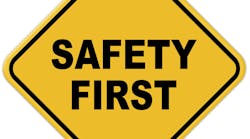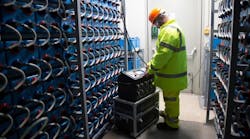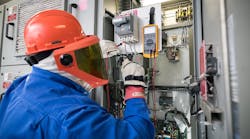In an ideal world, we would do all of our test and measurement with power shut off so that we have no risk of exposure to arc blast. But we don’t live in an ideal world, and many types of measurements can be made only with equipment energized.
No matter how good a digital multimeter (DMM) you have, it’s not going to show you the phase-to-phase voltage on a feeder when the power is OFF. You have to measure it live.
But you don’t necessarily have to be exposed to an arc blast to do so. One solution is to install voltage test ports for all critical equipment, perhaps both at the equipment and at the supply. If you schedule installation for the next shutdown, you can eliminate a great amount of arc blast risk for future predictive maintenance and troubleshooting work.
A similar solution exists for thermography, but instead of an electrical measurement point, you install an IR window. These aren’t all made the same, and you’ll probably find that springing for a premium version is more cost-effective than going with the lowest-price option.
With the window installed, the whole inspection game changes dramatically. Because you have far fewer safety issues to deal with, you perform the thermography more frequently. The port and window solutions not only improve safety, but also save time. They enable you to do more with less.




